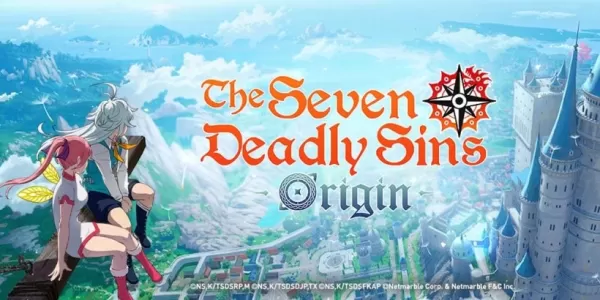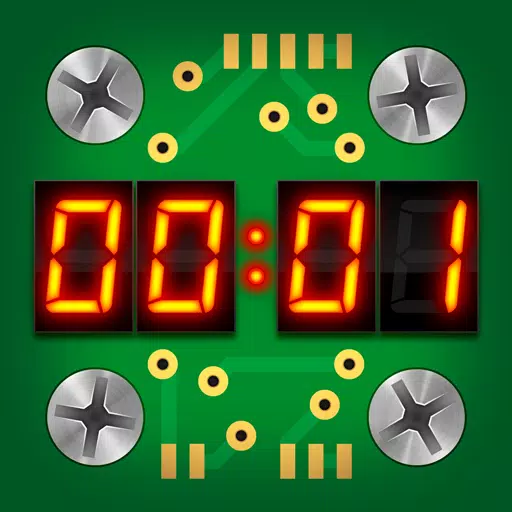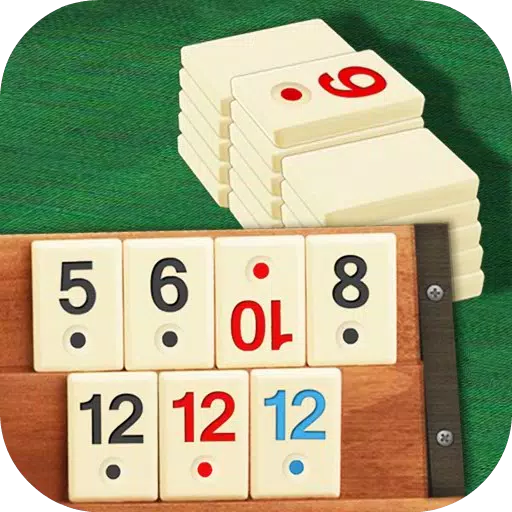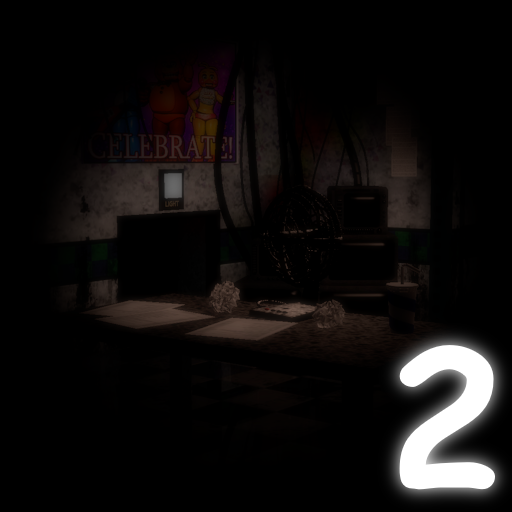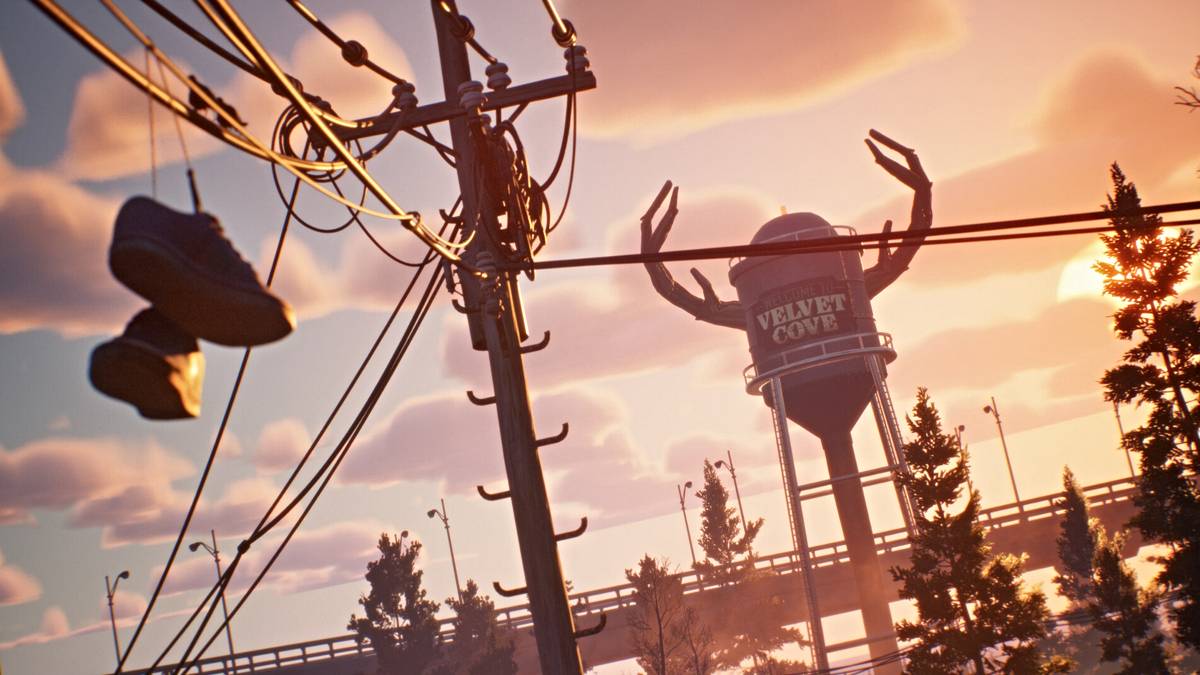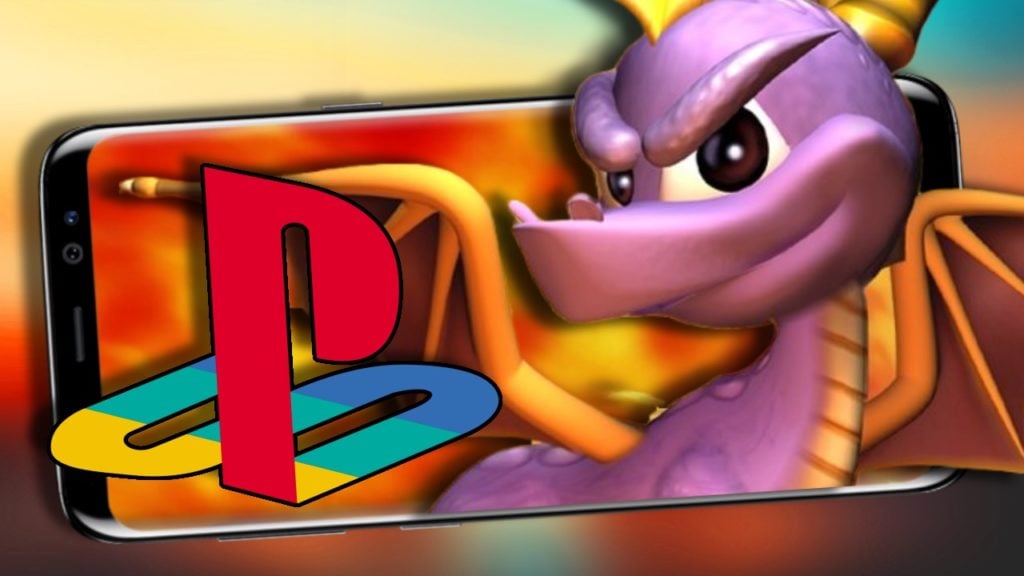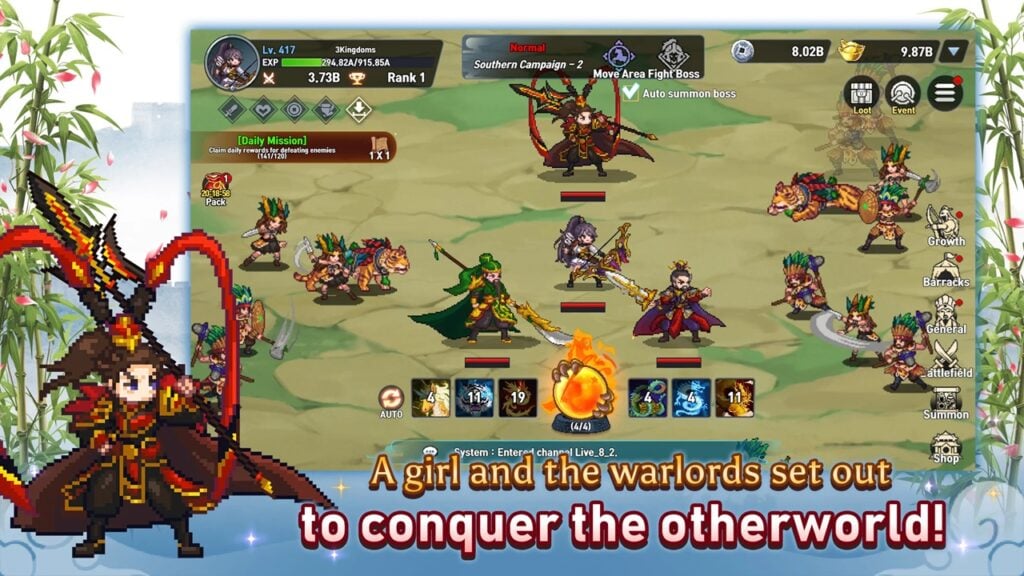When I sat down to play developer MercurySteam's latest project, Blades of Fire, I expected a return to the studio's Castlevania: Lords of Shadow roots, updated with the modern stylings of God of War. An hour later, I felt like I was playing a Soulslike, though one where the focus was on weapon stats rather than traditional RPG character development. By the end of the three-hour hands-on session, I realized that both impressions were simultaneously true and false: this game is built on familiar ground, yet its unique combination of borrowed elements and fresh ideas creates a compelling new take on the action-adventure genre.
While not a direct clone of Sony Santa Monica's work, Blades of Fire shares many similarities with the Norse saga of Kratos. The dark fantasy setting, powerful combat moves, and a close third-person camera perspective are reminiscent of God of War. During the demo, I navigated a winding map filled with treasure chests, aided by a young companion who assisted with puzzle-solving. Together, we sought a woman of the wilds living in a house atop a giant creature. The game also borrows heavily from FromSoftware's playbook, including anvil-shaped checkpoints that restore health potions and respawn enemies, making the experience feel a bit too familiar at times.
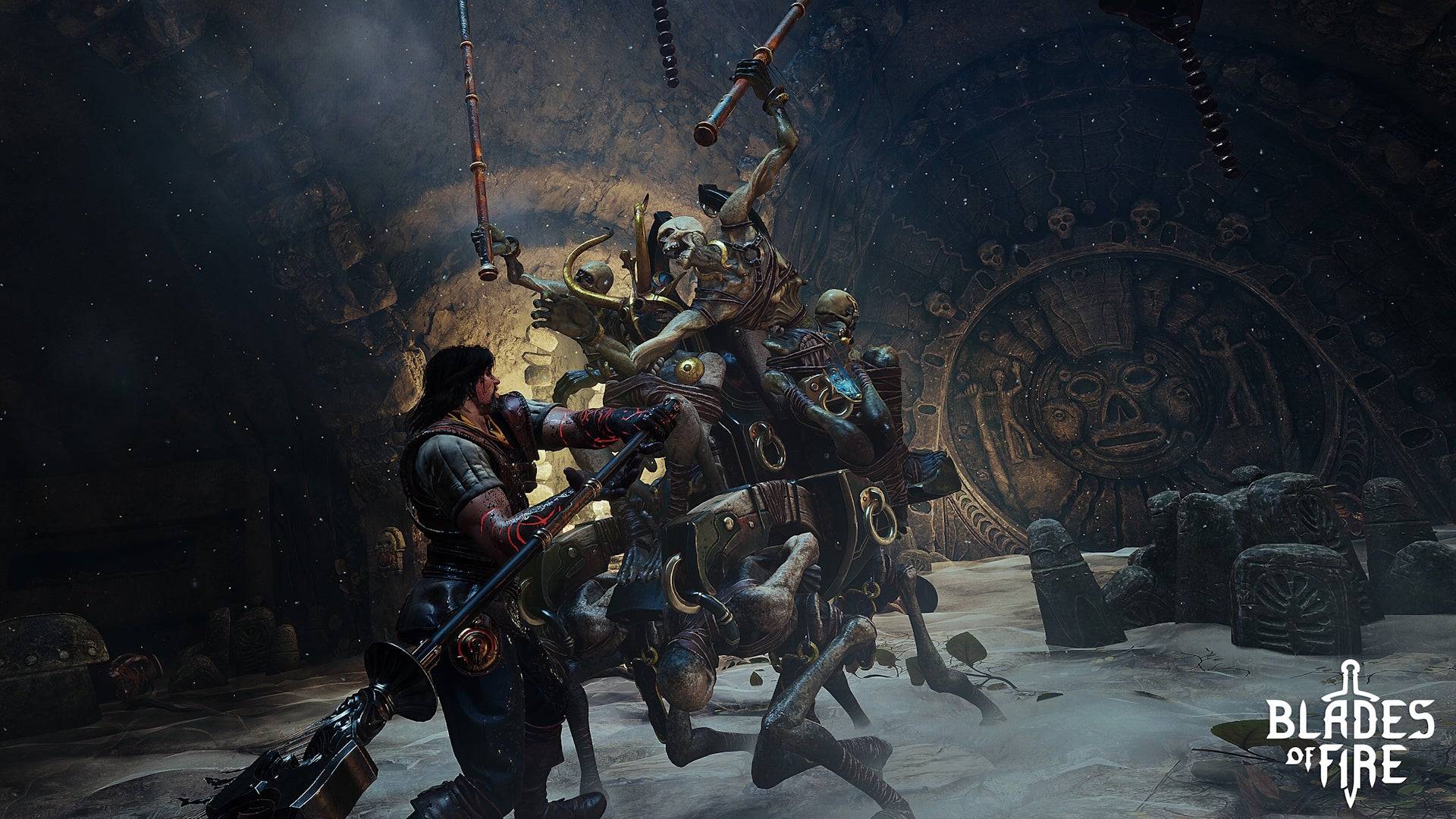 Blades of Fire features some deeply strange enemies that feel like dark cousins of Labyrinth's puppets. | Image credit: MercurySteam / 505 Games
Blades of Fire features some deeply strange enemies that feel like dark cousins of Labyrinth's puppets. | Image credit: MercurySteam / 505 Games
The world of Blades of Fire evokes a nostalgic 1980s fantasy atmosphere. You can picture Conan the Barbarian fitting right in with its muscular warriors, while the orangutan-like enemies bouncing on bamboo pogo sticks could have stepped out of Jim Henson's Labyrinth. The storyline has a retro feel, too: an evil queen has turned steel into stone, and it's up to you, playing as Aran de Lira, a blacksmith demigod, to defeat her and restore the world's metal. Despite these charming elements, the story and characters at this stage seem fairly standard, reminiscent of many forgotten narratives from the Xbox 360 era.
Blades of Fire shines in its mechanics. The combat system is built around directional attacks, utilizing every face button on the controller. On a PlayStation pad, tapping triangle targets the head, cross aims for the torso, and square and circle swipe left and right. By carefully observing an enemy's stance, you can break through their defenses. For example, a soldier protecting their face can be defeated by aiming low. The visual and audio feedback of combat is satisfying, with vivid blood effects from wounds.
The demo's first major boss, a slobbering troll, highlighted the system's potential. The troll had a secondary health bar that could only be damaged after dismembering it. The limb removed depended on your attack angle, allowing strategic choices like detaching its club-swinging arm or even cutting off its face, leaving it blind and disoriented.
Weapons in Blades of Fire require meticulous attention. They dull with use, reducing damage over time, necessitating sharpening stones or switching stances. Each weapon has a durability meter that depletes regardless of maintenance, requiring repairs at anvil checkpoints or melting them down for new crafting in the game's most innovative feature: the forge.
MercurySteam has created an extensive weapon crafting system. Instead of finding new weapons in the world, you begin crafting in the forge, starting with a basic template on a chalkboard. You can modify aspects like the length of a spear's pole or the shape of its head, which impacts the weapon's stats and stamina demands. This process makes you feel like you're genuinely crafting your weapon, culminating in naming your creation.
The forging process is a detailed minigame where you control the hammer's length, force, and angle to match an ideal curve, represented by a graphic equalizer. Overworking the steel weakens the weapon, so efficiency is key. Your performance is rated with stars, determining how often you can repair your weapon before it breaks permanently.
 The forging minigame is a great idea that feels a little too obtuse. | Image credit: MercurySteam / 505 Games
The forging minigame is a great idea that feels a little too obtuse. | Image credit: MercurySteam / 505 Games
I appreciate the concept of the forge, which adds a skill element to crafting. However, after multiple attempts, the minigame felt frustratingly complex. I hope for improvements or better tutorials before launch to enhance this unique feature.
The forge's concept extends beyond the demo, aiming to foster a deep attachment to your weapons throughout a 60-70 hour journey. As you explore, you'll find new metals to reforge your weapons, ensuring they evolve with new challenges. The death system reinforces this bond; upon defeat, you drop your weapon and respawn without it, though it remains in the world for recovery.
MercurySteam's adoption of Dark Souls-inspired mechanics is evident, influenced by FromSoftware's impact on action games and the studio's own history with Blade of Darkness, a precursor to the Souls series. Yet, Blades of Fire transcends these influences, blending them into a distinct experience.
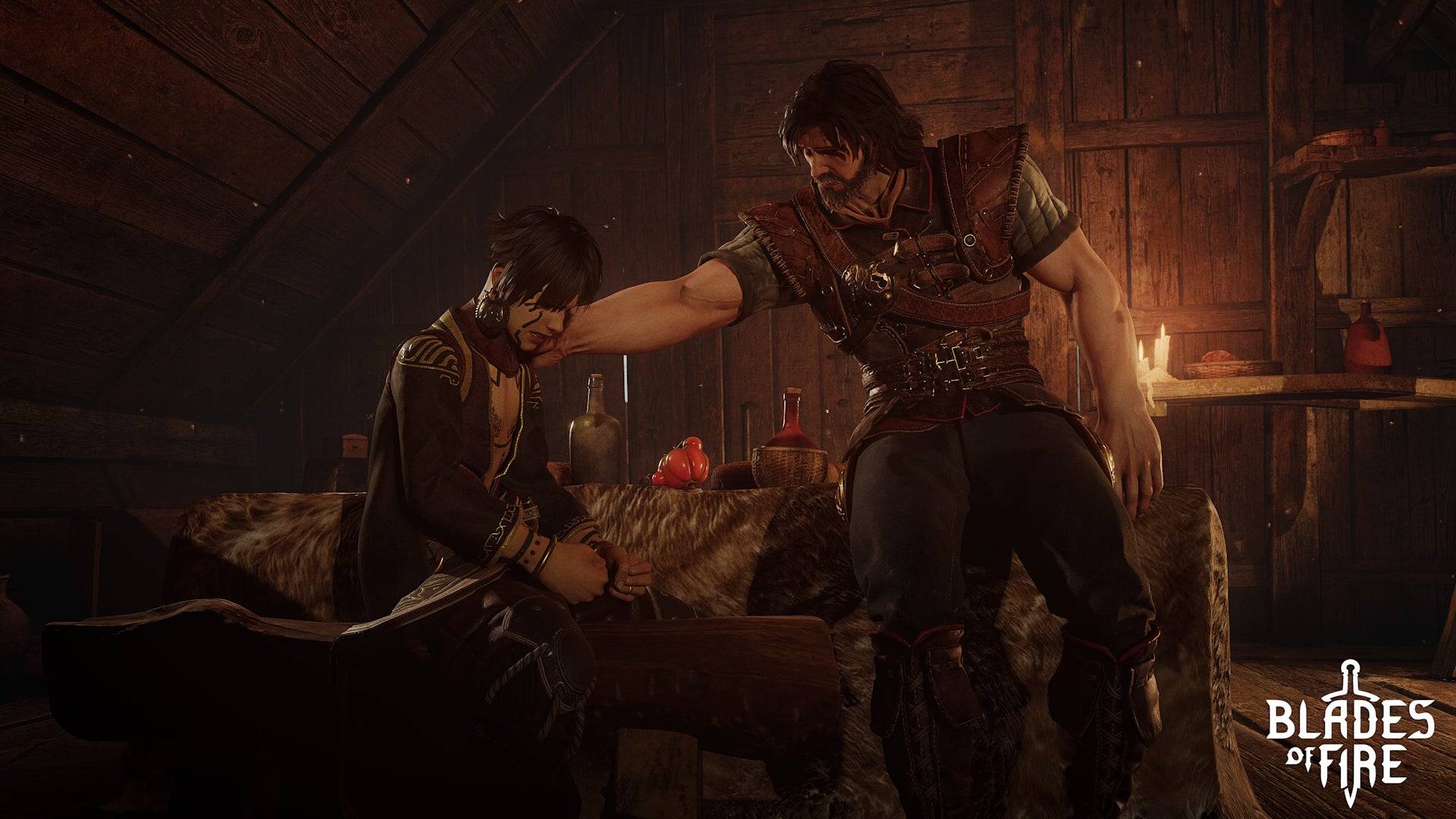 Aran is joined by his young companion, Adso, who can help solve puzzles and comment on the world's lore. | Image credit: MercurySteam / 505 Games
Aran is joined by his young companion, Adso, who can help solve puzzles and comment on the world's lore. | Image credit: MercurySteam / 505 Games
Playing Blades of Fire, I felt the pull of its influences—Blade of Darkness's brutal combat, FromSoft's innovations, and God of War's world design. However, these elements don't define the game; instead, they're part of a broader canvas that sets Blades of Fire apart from its peers.
I have some reservations about the game's fairly generic dark fantasy setting supporting a lengthy adventure, and the repetition of facing the same miniboss multiple times within the demo raises questions about enemy variety. Nonetheless, the intricate relationship between your crafted weapons and the challenges you face is compelling. In an era where complex games like Elden Ring and Monster Hunter have become mainstream, Blades of Fire has the potential to offer a fascinating contribution to the genre.






